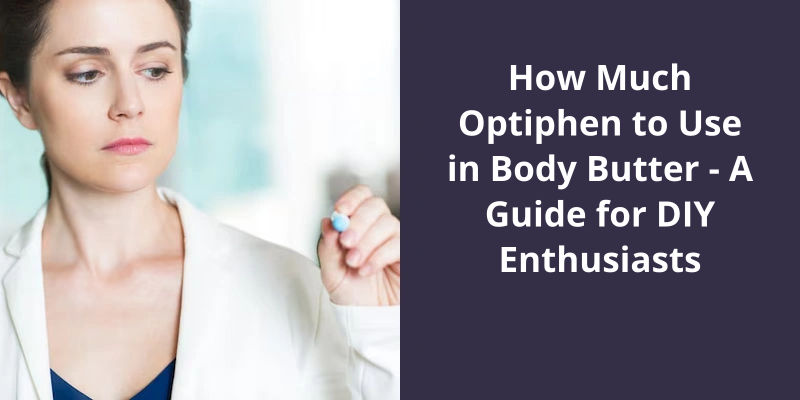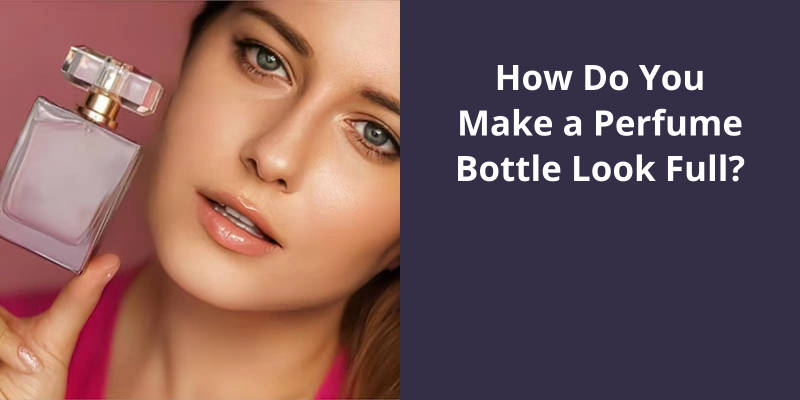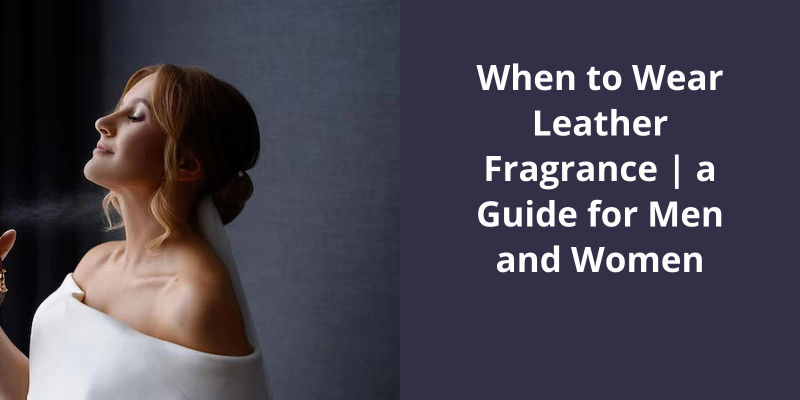The amount of Optiphen to use in body butter largely depends on the overall volume of your product. It’s recommended to use Optiphen at a dosage of 0.75% to 1.5% by weight. This means that for a body butter preparation of 100 grams, you would need between 0.75 grams to 1.5 grams of Optiphen. Make sure to add it during the cool-down phase of your preparations, ideally when the mixture is below 60 degrees Celsius, to maintain its effectiveness. This preservative is popular in various body butter recipes due to its broad-spectrum coverage against bacteria, yeast, and mold growth, keeping your homemade body butter fresh and safe for a longer period.

Can I Use Optiphen in Body Butter?
Optiphen is a widely popular preservative used in cosmetic formulations to prevent microbial growth and prolong the shelf life of products. Optiphen is made up of two different ingredients; Phenoxyethanol and Caprylyl Glycol. Phenoxyethanol is a preservative that’s known for it’s efficacy in preventing microbial growth in products. Caprylyl Glycol is used as a humectant and also acts as a preservative boosting agent. Together these two ingredients work to prevent microbial growth and protect the cosmetic product from spoilage.
Optiphen is highly effective at preserving the quality of anhydrous formulations and emulsions, including body butters. Body butter is a rich, moisturizing cream that often includes natural ingredients like shea butter and cocoa butter. Because it doesn’t contain water, it’s considered an anhydrous formulation.
The recommended usage level varies between 0.75% to 1.5% depending on the formulation. Additionally, it’s important to ensure all components of the body butter are well mixed, including the Optiphen preservative, to fully incorporate the preservative and ensure it’s effectiveness.
This versatile preservative is suitable for a range of cosmetic products, making it a popular choice among cosmetic formulators.
By incorporating Optiphen into a formulation, cosmetic formulators can ensure the safety and longevity of their products while maintaining their high quality.
Other Preservatives That Can Be Used in Body Butters
There are a variety of natural preservatives that can be used in body butters, such as vitamin E, rosemary extract, and grapefruit seed extract. These alternatives are considered safer and more gentle on the skin compared to synthetic preservatives.
When it comes to creating effective and safe personal care products, choosing the right preservative is crucial. Optiphen Plus is one such preservative that’s gained popularity among formulators in recent years. It’s a broad spectrum of antimicrobial activity, which makes it effective against various microorganisms that can spoil or contaminate cosmetic products. In this article, we will delve deeper into the properties of Optiphen Plus and assess it’s suitability as a preservative.
Is Optiphen Plus a Good Preservative?
It’s known for it’s ability to protect against bacteria and mold growth in various cosmetic products, making it an essential ingredient for manufacturers and formulators. Optiphen Plus is also recognized for it’s ability to provide stability to formulations that contain oil and water ingredients.
It’s also a relatively mild preservative compared to some other preservatives out there which makes it an ideal option for sensitive skin products.
It’s effectiveness, compatibility with various ingredients, and versatility make it an excellent option for many different types of cosmetic products.
The Benefits and Drawbacks of Using Natural vs. Synthetic Preservatives
The use of natural preservatives has benefits such as being healthier and more environmentally friendly, but also drawbacks such as a shorter shelf life and potential for inconsistency. Synthetic preservatives have the benefits of a longer shelf life and consistency, but drawbacks include potential health risks and harm to the environment. Thus, it’s important to carefully evaluate the advantages and disadvantages of each type of preservative.
Proper storage is essential for ensuring the effectiveness and longevity of any product, and Optiphen is no exception. While many people may be curious about the best practices when it comes to storing this popular preservative, there are a few key guidelines to keep in mind to prevent any deterioration or loss of efficacy over time. Whether you’re a seasoned skincare formulator or just starting out, taking the time to properly store your Optiphen can go a long way in ensuring that your final product is as safe, stable, and shelf-stable as possible.
How Do You Store Optiphen?
When it comes to storing Optiphen, it’s important to consider the factors that can affect it’s stability and effectiveness. Optiphen is a preservative that’s added to skincare products to prevent bacterial, fungal, and mold growth. It’s a vital ingredient in many cosmetic formulations that require a longer shelf life.
Optiphen is sensitive to heat, and exposure to high temperatures can cause it to break down and lose it’s effectiveness. The ideal temperature range for storing Optiphen is between 68°F to 77°F.
Store it in a high-quality, non-reactive container with an airtight seal and use it within it’s recommended expiration date.
Conclusion
In summation, it’s crucial to pay careful attention to the ingredients that go into our beauty products. Optiphen, a widely used preservative, plays an important role in ensuring the longevity and safety of our oil-based lotions and scrubs. It’s important to follow usage instructions and include the recommended percentage of 0.3 to 1.5% in your formulation. A careful consideration of such details can go a long way in maintaining healthy and nourished skin in the long term.





